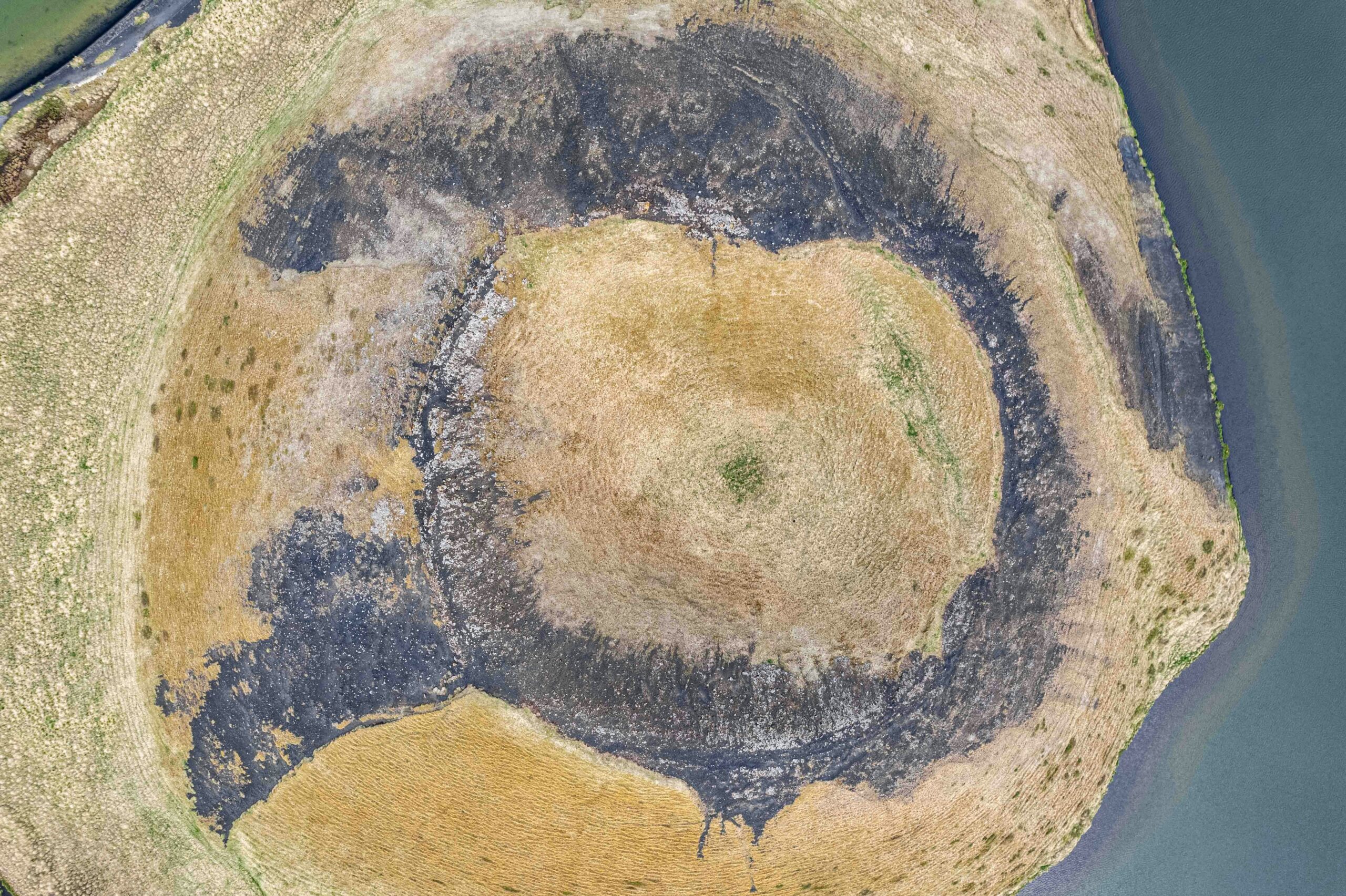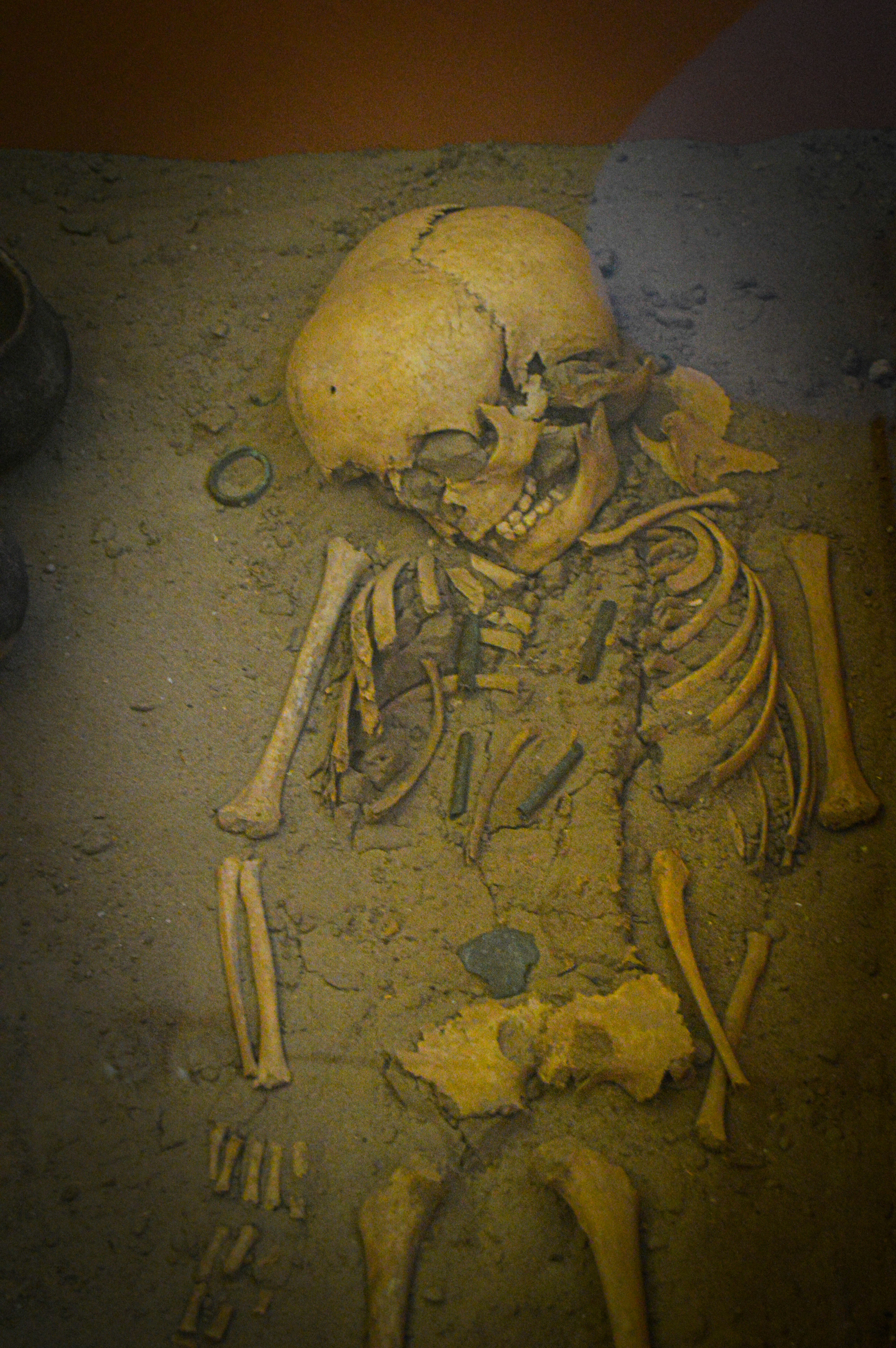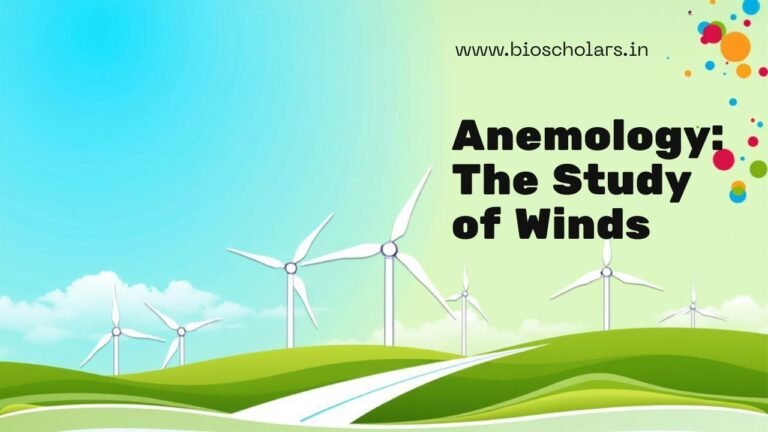
Photo by <a href="https://unsplash.com/@hdbernd" rel="nofollow">Bernd 📷 Dittrich</a> on <a href="https://unsplash.com/?utm_source=hostinger&utm_medium=referral" rel="nofollow">Unsplash</a>
Introduction to Volcanology
Volcanology is the scientific study of volcanoes, their eruptions, lava flows, and related phenomena. This dynamic field encompasses a wide range of disciplines, including geology, geochemistry, and geophysics, to analyze and interpret volcanic activity. Understanding volcanology is critical for both scientific inquiry and practical applications, particularly in disaster preparedness and risk management.
The history of volcanology dates back to ancient civilizations, where observations and interpretations of volcanic eruptions were recorded, often intertwined with mythology. The formal study of volcanoes began in earnest in the 18th century. Pioneers such as Giovanni Battista Beccaria and Wilhelm von Humboldt laid the groundwork for modern volcanology by introducing systematic methods of observation and data collection. The 19th century saw significant developments, with notable figures like John Wesley Powell and Thomas A. Jaggar contributing to the understanding of volcanic processes and eruption dynamics.
As a modern scientific discipline, volcanology plays a vital role in comprehending the behavior of volcanoes and mitigating the risks associated with volcanic hazards. The study of volcanoes allows researchers to identify patterns in eruptive behavior, assess potential threats to nearby communities, and develop early warning systems. This relevance extends beyond academic research, influencing policies related to land use, emergency response strategies, and public education initiatives aimed at reducing volcanic disaster impacts.
Furthermore, understanding the intricate processes governing volcanic activity contributes to our broader knowledge of Earth’s geological systems. As climate change and tectonic activities continue to evolve, the insights gained from volcanology will remain essential in addressing future environmental challenges and ensuring the safety of populations living near active volcanoes. In this context, the exploration of volcanology is not merely an academic pursuit but a critical aspect of fostering a safer and more informed society.
Types of Volcanoes
Volcanoes are classified into various types based on their shapes, eruptive styles, and formation processes. The three primary types include shield volcanoes, stratovolcanoes, and cinder cone volcanoes, each showcasing distinct features and behaviors.
Shield volcanoes are characterized by their broad, dome-like shape, which results from the low-viscosity basaltic lava that they typically emit. This type of volcano primarily forms through the continuous eruption of fluid lava flows over extended periods. As the lava spreads over large distances, it creates gentle slopes that contribute to the shield structure. Mauna Loa in Hawaii is a prime example of a shield volcano, illustrating how these geological formations can reach significant heights while maintaining a relatively gentle profile.
Stratovolcanoes, also known as composite volcanoes, exhibit a more conical shape and are often associated with explosive eruptions. These volcanoes are formed by alternating layers of lava flows, tephra, and volcanic ash, resulting in a steeper profile compared to shield volcanoes. Stratovolcanoes tend to have a more complex volcanic activity, often involving explosive eruptions due to the higher viscosity of their magma. Mount St. Helens in the United States serves as a notable example, demonstrating the potential hazards associated with stratovolcanic eruptions.
Lastly, cinder cone volcanoes are the simplest type, composed mainly of volcanic debris ejected during eruptions. These small, steep-sided structures typically arise from a single, short-lived eruptive event where lava fragments are expelled and accumulate around the vent. Notable examples include Paricutin in Mexico. Cinder cones provide insight into the early stages of volcanic activity, often forming rapidly and exhibiting brief eruptive phases.
Understanding the various types of volcanoes and their characteristics not only enhances our knowledge of volcanic activity but also aids in hazard assessments and disaster preparedness in regions susceptible to eruptions.
Volcanic Eruptions: Causes and Effects
Volcanic eruptions are complex natural phenomena that result from the interplay of various geological processes. At the core of an eruption is the formation and movement of magma, which originates from the Earth’s mantle. This molten rock rises towards the surface due to its lower density compared to the surrounding solid rock. As magma ascends, it can accumulate in magma chambers located beneath volcanoes, where pressure continues to build. When the pressure exceeds the strength of the overlying rock, an eruption occurs, releasing gas, ash, and lava.
The causes of eruptions can vary, but they are typically triggered by tectonic activity, such as the movement of tectonic plates. Subduction zones, rift zones, and hotspots are all locations where volcanic activity is prevalent. In subduction zones, one tectonic plate slides beneath another, leading to the melting of the mantle and the rise of magma. In contrast, rift zones are places where tectonic plates diverge, allowing magma to escape easily. Hotspots are anomalous regions where magma rises independently of plate boundaries, often resulting in long-lived volcanic activity.
The effects of volcanic eruptions extend far beyond the immediate vicinity of the volcano. Pyroclastic flows, a mixture of hot gas and volcanic matter, can devastate landscapes as they travel at high speeds down the slopes of the volcano, incinerating everything in their path. Ash fall can disrupt air travel, affect climate by reflecting sunlight, and cause respiratory problems for living organisms. Lava flows, while generally slower, can destroy habitats, infrastructure, and agricultural land. The environmental consequences can be profound, leading to changes in local ecosystems, water quality, and even climate patterns. Human habitation is also severely impacted, with potential evacuations, loss of life, and widespread damage to communities in proximity to erupting volcanoes.
Monitoring Volcanic Activity
Monitoring volcanic activity is essential for understanding and predicting eruptions, thereby minimizing the risks to human life and infrastructure. Various methods and technologies are employed to monitor volcanoes, each playing a critical role in providing comprehensive insights into their behavior.
One significant approach is ground-based observation. This entails the use of visual inspections and physical measurements conducted by scientists stationed at specific locations around volcanoes. These observations can include measuring temperature changes, analyzing ground deformation, and assessing any new volcanic deposits. Such direct observations offer invaluable data, allowing for the identification of changes that might indicate imminent eruptions.
In addition to ground-based techniques, satellite imagery has emerged as a vital tool in volcanology. Satellites equipped with specialized sensors can capture images and provide data on thermal anomalies, ash plumes, and gas emissions over broad areas. This remote sensing technology enables researchers to monitor volcanic activity from afar, significantly enhancing the ability to track and analyze volcanic phenomena, even in remote regions.
Gas emissions analysis is another critical component in monitoring activities. Volcanoes emit various gases, including sulfur dioxide, carbon dioxide, and water vapor. Measurement of these gases helps scientists understand the underlying processes occurring within a volcano. An increase in certain gas emissions can serve as an early warning signal for potential eruptions, making it an essential part of effective risk assessment protocols.
Seismic monitoring, which involves the deployment of seismometers to detect ground vibrations, is crucial for identifying volcanic tremors and earthquake activity associated with eruptions. This geophysical method allows researchers to gauge the movement of magma beneath the surface, providing real-time data essential for predicting volcanic behavior.
The integration of these diverse monitoring techniques enhances the overall effectiveness of early warning systems and disaster management strategies. By accurately assessing volcanic activity, scientists can develop timely alerts and risk mitigation plans, ultimately safeguarding communities living in proximity to these majestic yet potentially dangerous natural phenomena.
Volcanic Hazards and Risk Management
Volcanic eruptions pose significant risks to nearby communities, primarily through various hazards such as lava flows, ashfall, and the release of volcanic gases. Lava flows can traverse significant distances, devastating infrastructure, and property in their path. The high temperatures and fluid nature of lava can pose serious challenges for emergency responders, necessitating effective planning and rapid response to mitigate damage.
Ashfall is another critical hazard associated with volcanic activity. Volcanic ash consists of tiny, abrasive particles that can disrupt air travel, contaminate water supplies, and damage agricultural land. Accumulation of ash can create dangerous conditions, such as roof collapses due to the added weight. Therefore, communities must remain vigilant and informed about ongoing volcanic activity and potential ashfall forecasts.
Moreover, volcanic gases, including sulfur dioxide and carbon dioxide, can have detrimental effects on both human health and the environment. These gases can lead to acid rain, respiratory issues, and in cases of significant concentrations, potential fatalities. It is vital for communities within volcanic regions to monitor gas emissions and have clear guidelines in place to protect their health during an eruption.
Effective risk management strategies are essential for communities located in proximity to volcanoes. Preparedness involves thorough planning and community education regarding potential volcanic hazards. Establishing clear evacuation routes and conducting regular drills can play a pivotal role in saving lives and minimizing disruption during an actual event. Engaging with experts in volcanology can provide critical insights into risk assessment, and employing early warning systems offers communities a potential lifeline by allowing timely evacuations and resource allocation.
Ultimately, understanding volcanic hazards and implementing robust risk management frameworks can significantly reduce the impact of volcanic activity on human lives and infrastructure, enhancing community resilience as a whole.
Case Studies of Notable Eruptions
The discipline of volcanology has been significantly informed by notable volcanic eruptions throughout history, with case studies providing deep insights into the formation, behavior, and potential impacts of volcanic activity. Among the most studied is the eruption of Mount Vesuvius in AD 79, which famously engulfed the Roman cities of Pompeii and Herculaneum. This catastrophic event released a cloud of stones, ashes, and fumes to a height of 33 kilometers, leading to the preservation of the cities beneath layers of volcanic material. The study of these remnants has allowed scientists to better understand pyroclastic flows and their devastating effects on human settlements. The catastrophe not only shaped the subsequent development of modern volcanology but also highlighted the importance of early warning systems in densely populated areas nearby.
Another significant eruption to consider is the 1883 eruption of Krakatoa in Indonesia, which is known for its extreme explosiveness. This cataclysmic event generated tsunamis and was accompanied by loud explosions that were heard thousands of miles away. The effects on the global climate were profound, with unusual weather phenomena and temperature drops recorded far from the site of the eruption. Scientific investigations into the Krakatoa eruption have greatly informed our understanding of volcanic ash dispersal and its potential impacts on climate patterns. The 1883 event serves as a pivotal learning experience in assessing long-term environmental consequences following major eruptions.
In a more recent instance, the eruption of Mount St. Helens in 1980 presented a case study on the volatility of stratovolcanoes in the Pacific Northwest. The eruption was preceded by a series of volcanic tremors and was characterized by a significant lateral blast that reshaped the surrounding landscape. This event illustrated the complexity of volcanic activity and emphasized the necessity for ongoing monitoring and research. Each of these eruptions contributes valuable lessons that have evolved the field of volcanology and shaped how communities prepare for potential threats posed by volcanoes.
Volcanic Landscapes and Ecosystems
The study of volcanology reveals the profound impact that volcanic activity has on the formation of unique landscapes and ecosystems. Volcanic eruptions not only reshape the physical geography but also create diverse habitats that support a wide variety of plant and animal life. These ecosystems are often characterized by nutrient-rich soils, which emerge from the weathering of volcanic rocks. The initial stages of volcanic landscapes, marked by lava flows and ash deposits, gradually evolve into rich ecosystems teeming with life.
One of the most remarkable contributions of volcanic activity is the creation of fertile soils. As lava and ash break down over time, they release minerals and nutrients essential for plant growth. Regions such as the Hawaiian Islands serve as a prime example of this phenomenon, where volcanic eruptions have led to the development of lush vegetation and diverse agricultural practices. The potent combination of volcanic ashes and moisture creates an environment conducive to vibrant biodiversity.
The influence of volcanic landscapes extends beyond soil fertility. These regions also significantly affect local climate conditions. The presence of mountains formed by volcanic activity can alter weather patterns, impacting temperature and precipitation levels. For instance, in the Taal Volcano region of the Philippines, the mountainous topography derived from past eruptions plays a role in regulating the local climate, which in turn affects the array of species that thrive in these environments.
Additionally, volcanic ecosystems exhibit a remarkable resilience. After an eruption, life often returns and adapts to the new landscape, showcasing the ability of ecosystems to rebound from catastrophic events. This regenerative quality highlights the importance of studying volcanic landscapes, as they provide valuable insights into ecological processes and species adaptations, reinforcing the interconnectedness between geological and biological systems.
The Future of Volcanology
The field of volcanology is constantly evolving, driven by advancements in technology, interdisciplinary research, and the pressing need to understand the complexities of volcanic activity within the context of a changing climate. As we look toward the future of volcanology, several key trends and developments are emerging that promise to enhance our understanding of these natural phenomena.
One significant advancement is the integration of cutting-edge technologies in volcano monitoring. Remote sensing techniques, such as satellite imagery and aerial drones, are revolutionizing the way scientists track volcanic activity. These tools allow for the continuous observation of volcanic landforms, gas emissions, and thermal anomalies, providing critical data in real-time. Additionally, the use of artificial intelligence and machine learning is becoming increasingly prevalent, enabling researchers to analyze vast amounts of data efficiently and improve predictive models of volcanic eruptions.
The focus of research within volcanology is also expanding to include the impacts of climate change on volcanic activity. As global temperatures rise, understanding how changes in the environment can influence volcanic systems becomes crucial. For example, increased glacial melt in volcanic regions may lead to heightened volcanic activity due to changes in pressure and stability. Therefore, volcanic researchers are collaborating with climate scientists to form a comprehensive understanding of how these two disciplines intersect, aiming to develop more robust hazard assessments.
Despite these advancements, challenges persist. The threat posed by volcanic hazards continues to be significant, particularly in densely populated regions. As urbanization increases around active volcanic areas, the need for effective risk management strategies becomes paramount. Continued collaboration between volcanologists, geologists, and policymakers is essential to mitigate the risks and enhance community preparedness in the face of potential eruptions.
In summary, the future of volcanology is poised to benefit from new technologies, interdisciplinary collaborations, and a deeper understanding of the effects of climate change, all of which will contribute to improved volcanic hazard assessments and management strategies.
Conclusion
The exploration of volcanology offers invaluable insights into the dynamic processes that shape our planet. Throughout this blog post, we have examined the fundamental aspects of volcanic activity, including the classification of volcanoes, the mechanisms behind eruptions, and the significant impact these geological phenomena have on environments and societies. By understanding the intricacies of volcanoes, we gain a deeper appreciation for the natural forces at play and their potential implications for human life.
Volcanology serves not only as a field of academic interest but also as a crucial component in ensuring societal well-being. The information derived from the study of volcanoes enables scientists to predict eruptions, assess risks, and ultimately protect communities located near these potentially hazardous sites. Furthermore, knowledge garnered from volcanic events can enhance our understanding of Earth’s geological history, contributing to broader environmental stewardship efforts. This relevance speaks volumes about the importance of ongoing research in volcanology for both contemporary society and future generations.
As volcanology continues to evolve with the advent of new technologies and methods, it remains essential for individuals and communities to engage with this field. Staying informed through reputable resources on volcanic activity, participating in local educational initiatives, or pursuing studies in geosciences can foster a greater awareness and appreciation for the world of volcanology. By doing so, we not only empower ourselves with knowledge but also contribute to a collective understanding that can lead to improved safety measures and sustainable practices surrounding volcanic areas.
In essence, the study of volcanoes transcends academic research; it is a vital aspect of our interaction with the Earth, urging us to recognize the marvels of nature while fostering responsible coexistence with these powerful geological formations.





